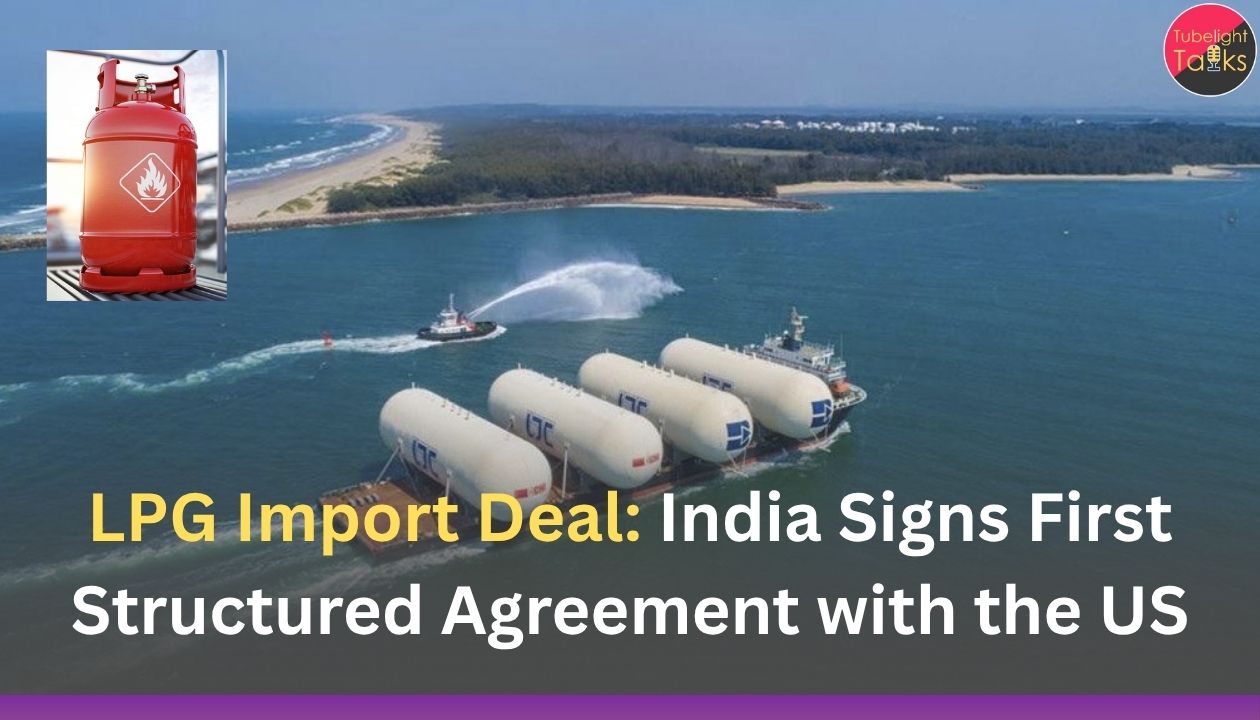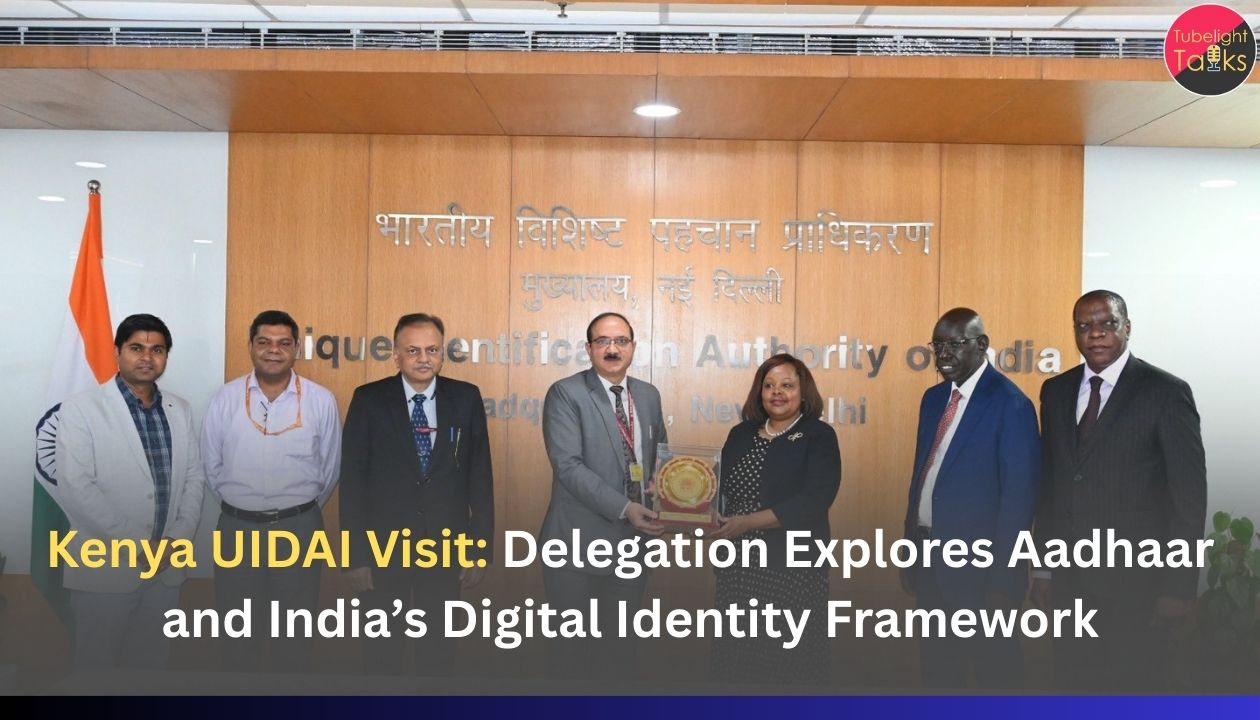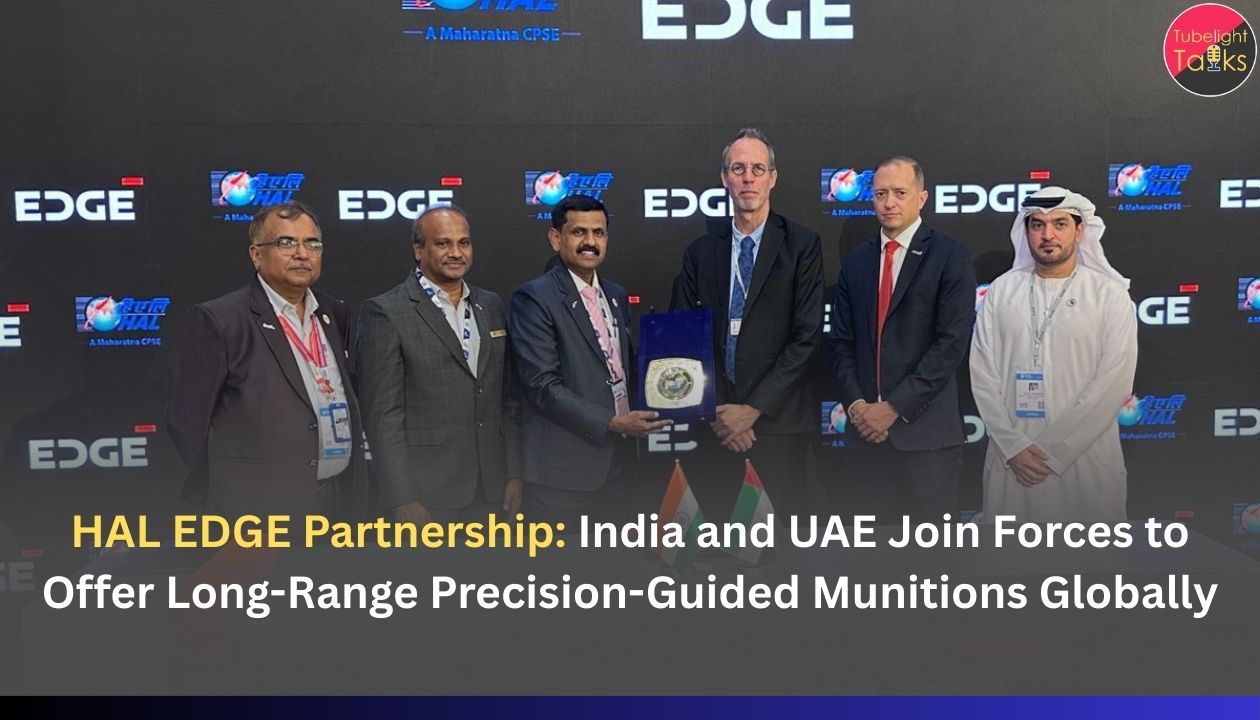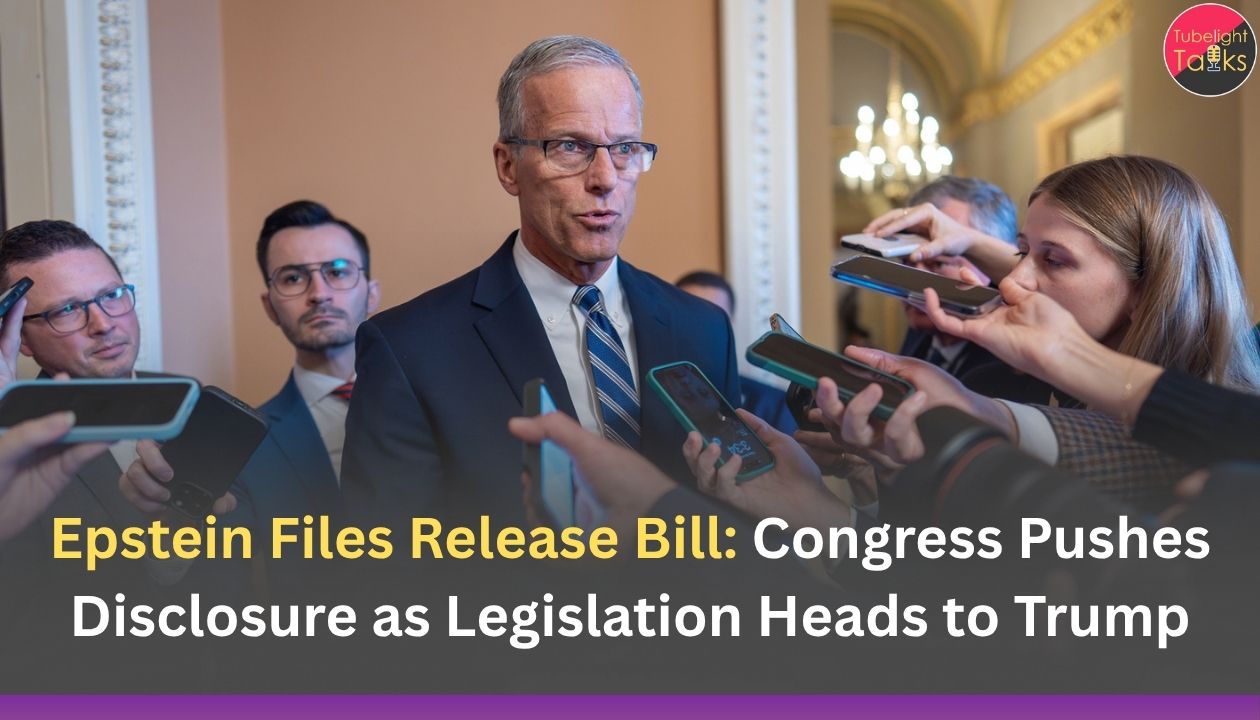LPG Import Deal: Union Petroleum and Natural Gas Minister Hardeep Singh Puri announced that public sector oil companies have concluded a one-year term contract to import around 2.2 million tonnes per annum (MTPA) of LPG from the US Gulf Coast for the contract year 2026—equivalent to about 10% of India’s annual LPG imports.
The government has hailed it as a “historic first” that opens one of the world’s largest and fastest-growing LPG markets to US suppliers and strengthens energy security through supplier diversification.
However, the announcement has also sparked a sharp political reaction, with TMC Rajya Sabha MP Saket Gokhale questioning the deal’s timing and calling for transparency on the negotiations.
What is in the India–US LPG deal?
According to the Petroleum Ministry’s press note and media reports:
- The deal is a one-year structured term contract covering 2.2 MTPA of LPG in 2026.
- The volume is close to 10% of India’s annual LPG imports, which heavily feed the domestic cooking-gas market.
- The LPG will be sourced from the US Gulf Coast and priced against Mont Belvieu, the key US benchmark hub for LPG.
- A joint team from Indian Oil Corporation (IOC), BPCL and HPCL had travelled to the US earlier this year to negotiate with major producers.
India is already the world’s second-largest LPG consumer, and currently imports over 50% of its LPG requirement, with the bulk coming from West Asian suppliers such as Qatar, UAE and Saudi Arabia through long-term or recurring contracts.
This US contract marks the first time a formal, structured purchase deal has been signed with American suppliers for such a large share of total imports.
Government’s framing: Diversification and energy security
In his post on X and the official PIB release, Hardeep Singh Puri framed the deal as a strategic diversification move:
“A historic first! One of the largest and the world’s fastest-growing LPG market opens up to the United States. In our endeavour to provide secure affordable supplies of LPG to the people of India, we have been diversifying our LPG sourcing.”
Key points from the government’s narrative:
- Energy security: Reducing over-dependence on a narrow set of West Asian suppliers and adding a large, geographically distinct source.
- Price risk management: Benchmarking to Mont Belvieu and diversifying supply baskets is expected to hedge against volatility and disruptions in traditional Gulf routes (Red Sea tensions, OPEC+ policy swings, freight spikes).
- Household protection: Officials have highlighted how the government earlier absorbed large LPG price spikes and argue that multiple supply sources make it easier to shield Ujjwala and non-Ujjwala consumers from future shocks.
Trade analysts also note that shifting 10% of LPG imports to the US is part of a broader effort to narrow India’s trade surplus with Washington, in parallel with increased imports of US crude and other energy products.
The criticism: Saket Gokhale’s questions on timing and transparency
Shortly after Puri’s announcement, TMC MP Saket Gokhale posted a critical thread on X. While the full text isn’t visible through all mirrors, his post:
- Recaps that India has signed a contract to import 10% of its LPG from the US, calling it an unprecedented move.
- Describes it as “the first time a contract of such nature has been signed”, implicitly quoting the government’s own language.
- Notes the announcement came just days after fresh, widely reported disclosures from the Jeffrey Epstein email cache, and suggests that the government must clarify what kind of lobbying, if any, influenced the deal.
While he does not present concrete evidence of wrongdoing, Gokhale uses the juxtaposition of the Epstein disclosures, US–India trade pressures and this new LPG term deal to argue that parliament and the public deserve full transparency: who pitched what to whom, and whether there were implicit trade-offs linked to other bilateral issues.
Government sources, meanwhile, have told business media that India had been contemplating US LPG purchases for some time and that this contract is part of long-running diversification plans rather than a last-minute bargain.
What does this mean for Indian consumers and trade?
From an economic and energy-policy perspective:
- For households:
- In the short term, LPG retail prices depend on global prices, currency, taxes and subsidy decisions, not just origin of supply.
- A more diversified sourcing basket can make it easier to manage shocks and ensure physical availability of cylinders, especially during crises.
- In the short term, LPG retail prices depend on global prices, currency, taxes and subsidy decisions, not just origin of supply.
- For trade with the US:
- With India’s LPG imports in FY25 valued at around $12.47 billion, 10% corresponds to roughly $1.25 billion of business—potentially raising US energy exports to India by an estimated 3%.
- This helps address US complaints about trade imbalance, especially after earlier tariff and trade frictions.
- With India’s LPG imports in FY25 valued at around $12.47 billion, 10% corresponds to roughly $1.25 billion of business—potentially raising US energy exports to India by an estimated 3%.
- For geopolitics & energy mix:
- India remains deeply tied to Gulf suppliers, but adding US term volumes gives New Delhi more bargaining power and flexibility.
- Over time, India can rebalance between West Asia, the US and spot markets while keeping the domestic LPG expansion (Ujjwala, urban growth) on track.
- India remains deeply tied to Gulf suppliers, but adding US term volumes gives New Delhi more bargaining power and flexibility.
In short: the deal won’t magically slash cylinder prices overnight, but it could make India’s LPG ecosystem more resilient—provided the contract terms and logistics are well-managed.
Energy decisions with justice and transparency
Through the lens of Satgyan as explained by Sant Rampal Ji Maharaj, big state decisions like this LPG deal are not merely technical or geopolitical – they are moral choices too.
- When the government says the aim is “secure, affordable LPG for the people of India”, Satgyan would welcome any step that genuinely reduces hardship of poor families, especially rural women who rely on LPG to avoid smoke and health hazards.
- At the same time, Satgyan insists on fairness and transparency:
- If a decision is truly in public welfare, it should stand up to scrutiny, withstand hard questions in Parliament and media, and be free from hidden self-interest.
- Leaders and officials are sevak (servants) of the public, not owners of resources; so large energy deals must be guided by honesty and accountability.
- If a decision is truly in public welfare, it should stand up to scrutiny, withstand hard questions in Parliament and media, and be free from hidden self-interest.
In simple terms, diversifying LPG sources can be a wise move if it is done with clear intentions, clean processes and truthful communication—aligning national policy not just with economics, but with higher dharmic values.
Read Also: Jaishankar-Rubio Meeting at G7 FMM: Trade, Security, and the Signals for India–US Ties
FAQs: India’s first big LPG Import Deal with the US
1. What exactly has India signed with the US?
A one-year structured LPG import contract for around 2.2 MTPA from the US Gulf Coast in 2026, covering about 10% of India’s annual LPG imports.
2. Why is this being called a “historic first”?
Because it is India’s first structured, term LPG purchase agreement with the US, formally opening the Indian LPG market to US suppliers at scale.
3. How does the deal help energy security?
It diversifies supply beyond West Asia, reduces dependence on a few Gulf suppliers, and can help manage supply and price risks in a volatile global market.
4. What is Saket Gokhale’s criticism?
He highlights that India will now import 10% of its LPG from the US and questions the timing and transparency of the deal, linking it to recent Epstein-related disclosures and demanding clarity on any lobbying or trade-offs.
5. Will this make LPG cylinders cheaper?
Not automatically; LPG prices depend on global rates, the rupee, taxes and subsidies. The deal’s main impact is on security and diversification of supply, which can indirectly help manage prices over time.










